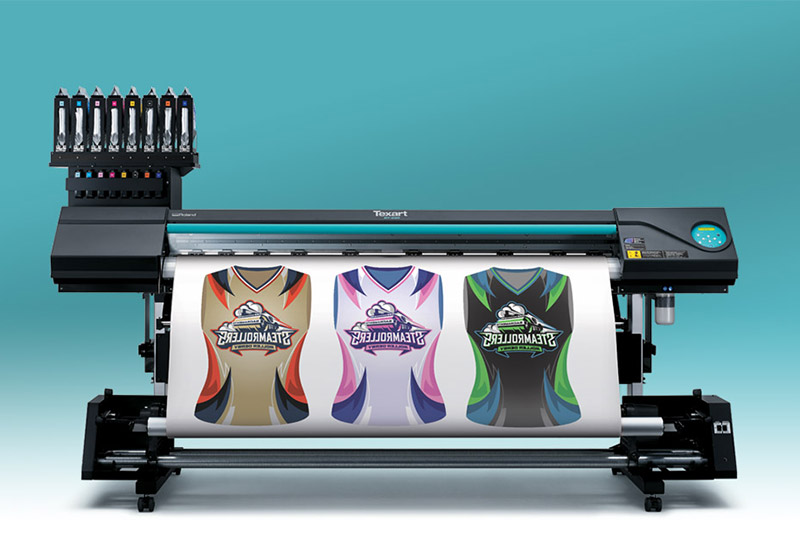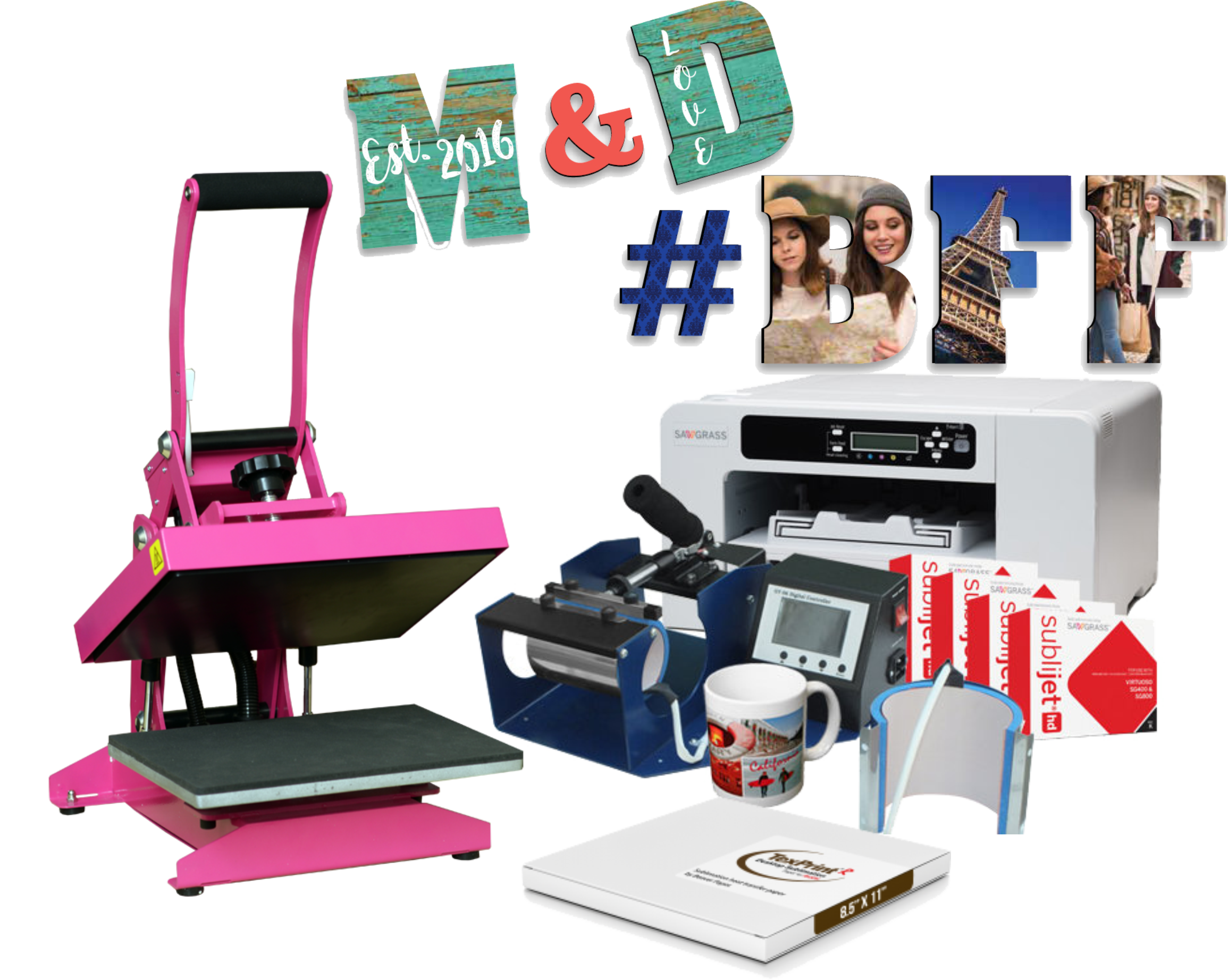Heat Transfer Vinyl Printing: Change Your T-Shirt Game Today
From Typical to Digital: Recognizing the Development of Fabric Printing
The change of towel printing from standard methods like block printing and stand up to coloring to modern strategies such as display and digital printing marks a significant change in the textile sector. Traditional methods, steeped in artisanal workmanship and cultural relevance, have slowly offered method to digital innovations that provide unprecedented precision, effectiveness, and customization. This shift not only enhances production capacities however also lines up with growing demands for lasting methods. Yet, exactly how do these developments affect the significance of cloth printing, and what might the future hold for this ever-evolving craft?
Conventional Fabric Printing Techniques
In the early stages of fabric manufacturing, typical fabric printing methods served as the cornerstone of material design, supplying both performance and creative expression. Block printing, one of the earliest techniques, entailed carving elaborate designs right into wood blocks, which were after that dipped in color and pressed onto textile.
Resist dyeing, consisting of strategies like batik and tie-dye, utilized wax or other materials to stop color from passing through specific locations of the fabric. This technique created striking contrasts and complex layouts, usually imbued with social significance. Stenciling, an additional conventional technique, entailed reducing patterns right into a product and using dye with the openings, using a less complex yet effective method to produce recurring layouts.
These conventional approaches not just shaped the textile industry's very early development yet likewise laid the groundwork for future innovations. Each technique reflected the social and regional characteristics of its origin, preserving and sharing artisanal expertise through generations.
The Rise of Screen Printing
The advent of display printing in the very early 20th century marked a considerable separation from typical approaches, offering unmatched versatility and efficiency. Display printing allowed developers to generate complex patterns and lively colors on materials, which were formerly challenging to achieve with block printing or hand-painting techniques.
Among the vital benefits of screen printing is its ability to reproduce complex designs widespread with amazing fidelity. This scalability made it exceptionally popular in the industrial textile sector, where automation without compromising quality is extremely important. Display printing accommodates a vast range of dyes and inks, expanding the palette of appearances and finishes available to developers.
Additionally, the procedure is very versatile, suitable for numerous textile types consisting of cotton, silk, and synthetics. This flexibility, integrated with its cost-efficiency for big runs, solidified display printing's duty as a keystone of modern fabric production. Therefore, the increase of display printing revolutionized the market, pressing the limits of what was possible in fabric style.

The Arrival of Digital Printing
Structure on the impressive advancements brought by display printing, the fabric market experienced one more groundbreaking growth with the development of digital printing. Arising in the late 20th century, electronic printing revolutionized the method layouts are moved onto materials, offering unmatched versatility and efficiency. Unlike typical methods, which frequently called for comprehensive setup and substantial hand-operated intervention, electronic printing employs computer-aided layout (CAD) modern technology to produce intricate patterns directly onto the material with high precision.
This innovation has allowed textile suppliers to meet the growing need for personalization and on-demand manufacturing. By removing the demand for screens and plates, digital printing minimizes preparations and lessens product waste, making it a more sustainable choice. The ability to publish complex images and a vast array of colors in a solitary pass has actually opened brand-new imaginative avenues for developers, cultivating a rise in creative expression within the market.
In addition, electronic printing supports smaller set manufacturing runs, which is specifically useful for read the full info here niche markets and startup fashion brand names. This technological jump has not only improved operational effectiveness straight from the source however additionally democratized accessibility to high-grade textile printing, setting the phase for future developments in textile style and production.
Comparing Techniques: Conventional Vs. Digital
While both electronic and traditional printing methods have their own unique benefits, they vary considerably in terms of procedure, effectiveness, and environmental effect. Conventional cloth printing, incorporating techniques like block printing and screen printing, involves manual work and intricate craftsmanship. These methods are commemorated for their capability to produce abundant appearances and lively colors, often resulting in unique, artisan-quality items. They are labor-intensive, time-consuming, and often limited in terms of color variety and style complexity.
On the other hand, digital printing uses sophisticated technology to move styles directly onto material utilizing inkjet printers. This approach uses unrivaled accuracy and a huge array of color options, making it possible for very detailed and detailed layouts. Digital printing is considerably much faster, allowing for fast turnarounds and just-in-time manufacturing, which lowers the demand for large supply storage. Additionally, it supports customization and tiny set production, satisfying contemporary customer needs for tailored products.
From an ecological perspective, digital printing is typically much more sustainable. It makes use of less water and creates marginal waste compared to standard techniques, which often include comprehensive washing and dyeing processes. Consequently, digital printing is significantly preferred in an era where ecological factors to consider are vital.
Future Patterns in Fabric Printing
One significant pattern is the enhanced application of electronic printing innovations. Digital textile printing is anticipated to dominate the market, driven by its effectiveness and versatility to customer demands for personalized and limited-edition products. Branded clothing.

Furthermore, the consolidation of clever textiles, which integrate electronic elements into materials, is readied to change the market. These fabrics can give extra functionalities such as temperature guideline, wellness monitoring, and interactive attributes. As technology remains to development, the intersection of electronic printing and smart fabrics will certainly open up new avenues for practical and innovative applications in fabric printing.
Verdict
The advancement of cloth printing from standard approaches to electronic advancements marks a significant change in the textile sector. While standard strategies highlight artisanal workmanship and social heritage, electronic printing provides exceptional accuracy, performance, and personalization. This change not just enhances production capacities however additionally supports sustainability initiatives. Future patterns are most likely to proceed integrating sophisticated technologies, additionally redefining fabric design and manufacturing procedures to fulfill contemporary needs and ecological considerations (Branded clothing).
The transformation of towel printing from standard techniques like block printing and withstand dyeing to contemporary strategies such as display and digital printing notes a considerable change in the textile sector. Display printing allowed developers to create detailed patterns and vivid shades on fabrics, which were previously testing to attain with block printing or hand-painting approaches.
Structure on the amazing innovations brought by display printing, the fabric industry experienced one more groundbreaking growth with the arrival of digital printing. screen printing. Conventional towel printing, encompassing strategies like block printing and display printing, includes hand-operated labor and intricate workmanship. As innovation continues to advancement, the intersection of digital printing and smart textiles will open up new avenues for practical and imaginative applications in cloth printing